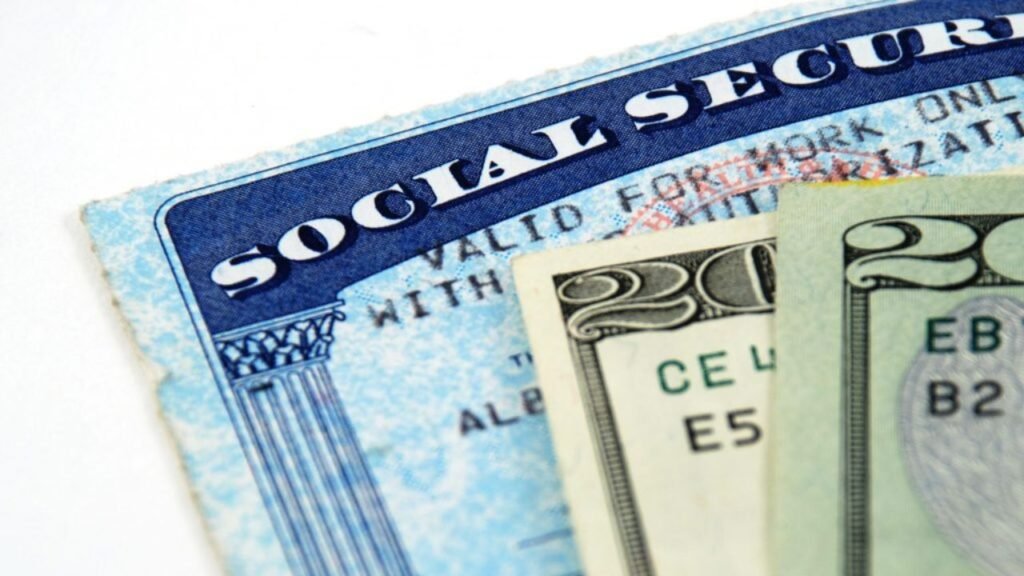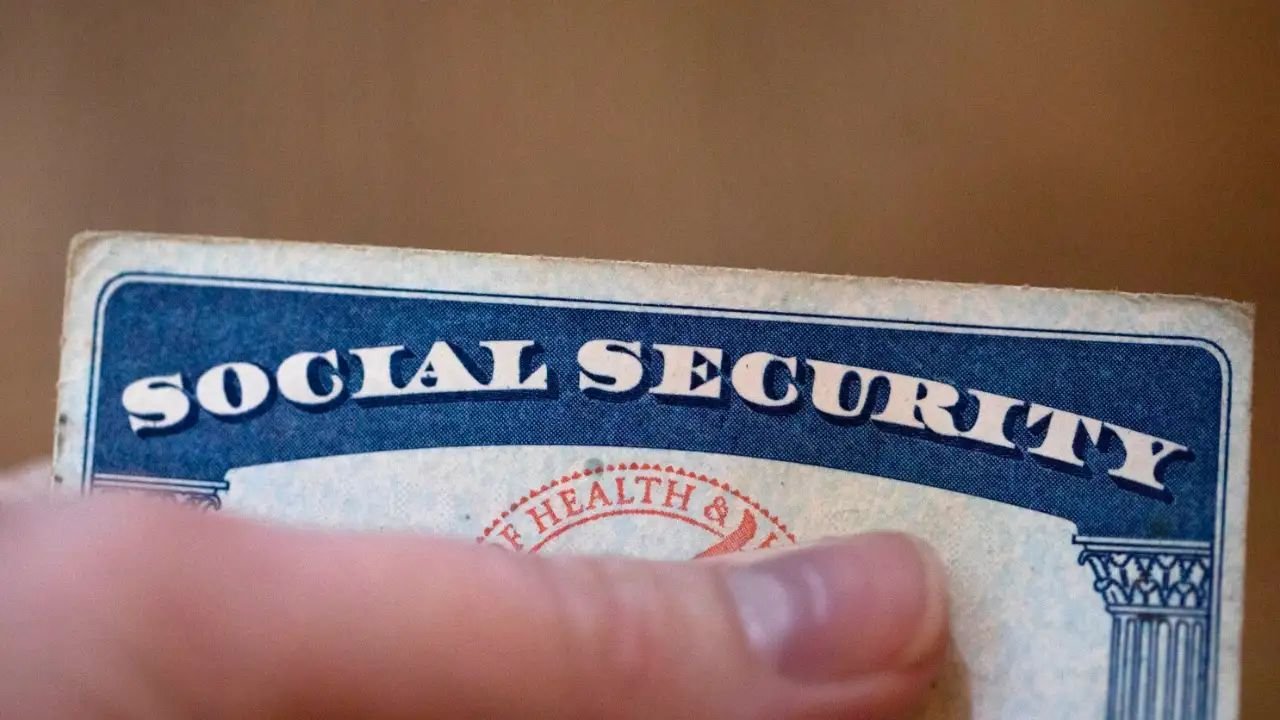If you receive Supplemental Security Income (SSI), August 2025 brings an unusual but important twist: two separate payments will hit your account in a single month. This timing isn’t a windfall or a mistake it’s a result of how the Social Security Administration (SSA) manages its monthly benefit disbursements, especially around U.S. holidays and weekends. To understand why this happens, what to expect for the remainder of the year, and how to plan your finances, let’s break down the details.
| Payment Date | Month Covered | Reason |
|---|---|---|
| August 1, 2025 | August 2025 | Regular monthly payment |
| August 29, 2025 | September 2025 | Paid early due to Labor Day (Sept. 1) |
| October 1, 2025 | October 2025 | Regular monthly payment |
| October 31, 2025 | November 2025 | Early payment since Nov. 1 is a Saturday |
| December 1, 2025 | December 2025 | Regular monthly payment |
| December 31, 2025 | January 2026 | Paid early due to New Year’s Day |
Understanding the Double Payment Phenomenon in August
SSI benefits typically arrive on the first day of every month. But holidays and weekends can disrupt this schedule. When the designated payment date lands on a day when banks and government offices are closed like Labor Day in September 2025 the SSA moves the disbursement a few days earlier to ensure beneficiaries have uninterrupted access to their funds. This year, regular SSI benefits landed on Friday, August 1, while the September payment is scheduled early on Friday, August 29.
This process does not increase the annual total of payments or provide bonus funds. Instead, it’s an established scheduling method to ensure recipients get their monthly assistance without delay. It also means that after two payments in August, there will be no SSI check on the first of September.
The Calendar Effect

August isn’t the only month with this arrangement several months in 2025 are scheduled for two payments. This mirrors what happened in May (payments on May 1 and May 30) and will happen again in October (October 1 and October 31). These are all pre-scheduled and align precisely with the SSA’s published calendar.
Such scheduling ensures no recipient ever has to wait for funds when official paydays collide with weekends or holidays. For many, this reliability is a financial lifeline and prevents payment gaps.
Who Qualifies for SSI Benefits and How Are They Calculated?
SSI, or Supplemental Security Income, is a need-based federal program designed to support individuals who are aged 65 or older, blind, or living with a qualifying disability. Income limits apply generally, recipients must earn less than $2,019 per month and have limited resources below $2,000. Couples receive a slightly higher allowance.
As of 2025, the Federal Benefit Rate is set at $943 per month for an individual and $1,415 for couples, though some states may supplement these figures. Application for SSI can be submitted online, via phone, or in person at a Social Security office.
Early Payment Months
Whenever you receive two SSI payments in one month, it’s crucial to remember that the second payment is meant for the following month. For August 2025, this means that after dual payments (August 1 and August 29), no SSI direct deposit or paper check will be issued in September. Recipients should plan and budget accordingly to cover September’s vital expenses without interruption.
- Use online account access or the SSA’s customer service to track payments and resolve any issues
- Make use of the SSA’s advance schedule to plan household expenses for months with no payment
- Understand that this schedule does not increase overall benefits but simply adjusts payment timing
How The Payment Schedule Helps Prevent Delays
The SSA’s policy of adjusting payments ahead of holidays and weekends isn’t just a procedural formality; it’s instrumental in keeping millions of recipients secure and prepared. Delayed payments can cause real hardship, so this proactive scheduling ensures bills can be paid, groceries can be bought, and peace of mind is preserved even when holidays fall at inconvenient times.
More Double Payments Before Year-End
In addition to August, October and December will also see early payments. For example, the November check will come at the end of October due to the calendar, while the January 2026 check will be distributed on December 31, 2025, ahead of New Year’s Day. Such consistency maintains seamless benefit access.
Budgeting Is Key
After the two August payments, it’s vital to remember that no SSI benefit will arrive in September. This is standard, not a missed payment simply an early delivery. Recipients are urged to spread August’s funds to last through the end of September to ensure bills and essentials are covered.
Staying Informed and Supported
If you experience a missing payment or have questions, reach out to the SSA using online services or the toll-free number. Proactive attention is the best way to avoid surprise disruptions in benefits. While the dual payment months can feel confusing, they are just a calendar technicality, and your annual SSI benefit amount remains unchanged.
By understanding the schedule, maintaining careful budgeting during dual payment months, and staying in contact with the SSA, recipients can navigate these timing quirks with confidence and security.

